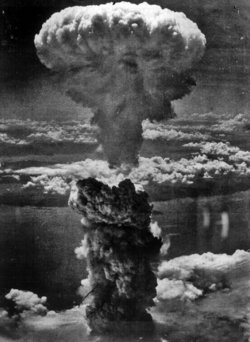It's too early to tell whether Medicare Part D will be a flop like its predecessor, a drug discount card program that attracted only 15 percent of eligible seniors. But it may well be. So far only about 1 million have voluntarily signed up--fewer than 5 percent of the 21 million eligible seniors, most of whom have been without prescription coverage. At a carefully scripted press conference just before Christmas, Health and Human Services Secretary Michael Leavitt put a positive spin on the numbers, noting that another 21 million seniors were receiving coverage. But most of those enrollees were low-income people the government automatically enrolled, or those already receiving drug benefits elsewhere. The new plan is not yet reaching most of the people it's designed to help.
Unlike other Medicare benefits, Part D is modeled on the country's dysfunctional commercial health insurance system. With Medicare Parts A and B, which cover hospital services and doctor visits, the government pays providers directly. Under Part D, the government pays some 260 private insurers--including pharmacy benefit managers, HMOs and pharmacies--to provide the coverage. If seniors want the benefit, they must buy it from one of those private carriers. To force them to sign up, Congress imposed a financial penalty (growing more onerous over time) for those who don't get on board by May 15.
Read On






No comments:
Post a Comment